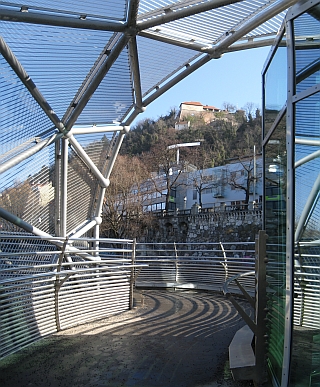Sustainable Design Through Interoperability: BIM and Energy Analysis Programs, a Case Study
Palabras clave:
BIM, energy analysis, interoperability, Autodesk Revit, IES <VE>, sustainable design toolResumen
Building information modeling (BIM) is being marketed as one possible solution in providing architects a tool to help with sustainable design, a descriptive building component tool that would provide the missing link between CAD programs and performative energy analysis programs. The intent of this study was to assess whether BIM software was robust enough to allow seamless interoperability of its building model with the analytical model. The BIM software used for the study was Autodesk Revit MEP [AUTODESK] and for energy analysis IES [IES] was chosen because of its integration with Revit MEP. The other part of the study improved upon the MEP-IES interface by building a Revit template file, designed as a “patch” to address the gap between these programs. This template file defined a set of Revit MEP families that derived their values from the IES Apache construction database. This template file could be imported into a Revit project, making the BIM model more accurate and informative, when used in conjunction with IES .Descargas
Descargas
Publicado
Cómo citar
Número
Sección
Licencia
Autores que publican en esta revista concuerdan con los siguientes términos:
a) Autores mantienen los derechos autorales y conceden a la revista el derecho de primera publicación, con el trabajo simultáneamente licenciado bajo la Licencia Creative Commons Attribution que permite la divulgación del trabajo con reconocimiento de la autoría y publicación inicial en esta revista.
b) Autores tienen autorización para asumir contratos adicionales por separado, para distribución no exclusiva de la versión del trabajo publicada en esta revista (ej.: publicar en repositorio institucional o como capítulo de un libro), indicando que fue publicado originalmente en esta revista, con el enlace del artículo.








 Todo o conteúdo de Cadernos de Pós-Graduação em Arquitetura e Urbanismo está licenciado sob
Todo o conteúdo de Cadernos de Pós-Graduação em Arquitetura e Urbanismo está licenciado sob 